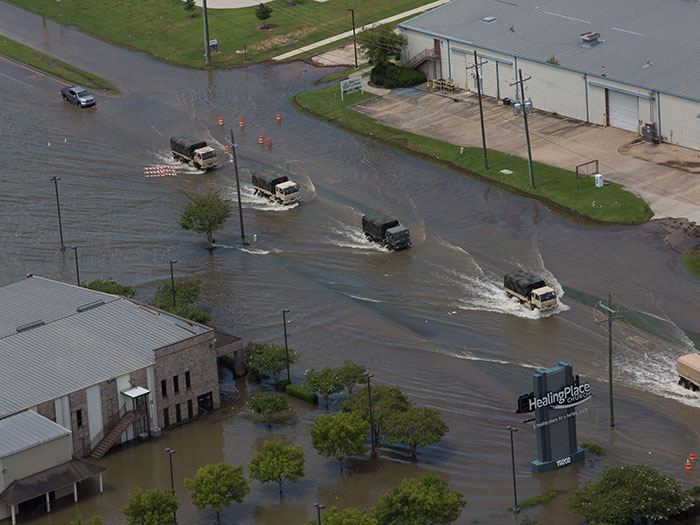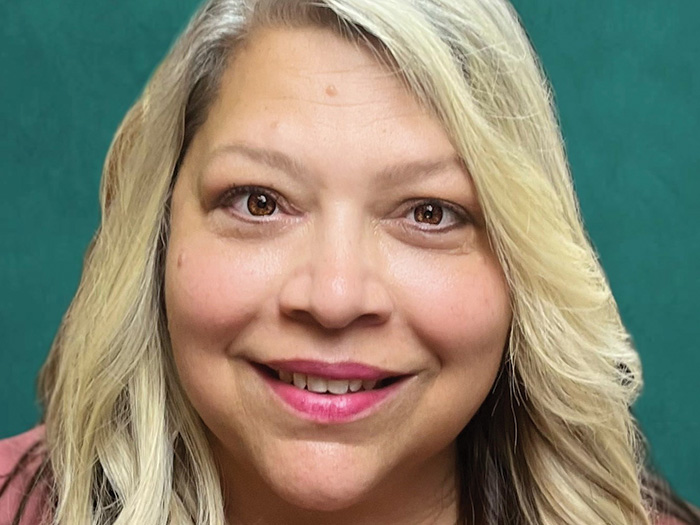Sponsored Content by BHSI
What Property Insurers Can Learn From Life Insurers – Part II
Part II in a Series: Lessons for Flood Risk Management
(Read Part I here)
A life insurer is considering policies for two men, both 35 years old and similarly overweight based on standard height and weight charts. Upon initial assessment, they present similar risk, meriting similar premiums. But as clinical data comes in, it becomes clear that while they weigh about the same, one man is an athlete with significant muscle mass and low cholesterol; the other carries more weight around his mid-section and has high cholesterol, making him a much greater risk. The two policies now carry significantly different premiums.
Now consider two inland flood underwriters assessing two similar looking multi-story structures. Common practice will typically examine (1) where each building sits on a FEMA flood map (which categorizes wide swaths of land based on flood hazard) and (2) what, if any, past flood losses the building has seen. In this case both buildings are categorized as being in Zone “X” by FEMA, and both have little in the way of past losses.
If the property underwriter stops there, the risks appear very much the same. But much of the story will remain untold. As with the life insurance underwriting scenario, more relevant data specific to the buildings can create pivotal differentiation between risks and reduce surprises when the flood event occurs.
Flood Zone ≠ Flood Risk

Two buildings may fall into the same large flood zone, but could react quite differently in a flood, resulting in markedly different losses and recovery times.
Photo credit: Julie Dermansky
Traditional flood models measure the potential flood depth (for each return period) at a building’s location relative to its ground elevation. However, the elevation level of a building’s finished first floor can vary significantly from the underlying ground level. This distinction is important in determining how much flooding could be expected in a particular building and can make two structures in the same large flood zone markedly different flood risks.
Additionally, what’s inside the building – and where – matters too. One building may have a basement, while another may not. One may house critical mechanical, electrical, and plumbing (MEP) systems in the basement. The other may house these systems on higher floors. All else being similar between the two buildings, the one with MEP systems on higher floors will likely fare much better in a flooding event.

Akshay Gupta, Berkshire Hathaway Specialty Insurance
Hurricane Sandy underscored the massive damage, particularly time element losses, that can result when floodwaters, and more so saltwater, swamp MEP systems. Major city skyscrapers were taken out of commission for months in some cases due to basement and ground floor flooding that would have been relatively inconsequential – had it not been for the MEP systems housed there.
More recently, when Hurricane Harvey dropped more than 40 inches of rainfall in Houston, many commercial assets suffered significant loss, primarily business interruption, due to flooding of underground parking lots and basements. One particular asset was spared major structural damage, but floodwaters flowed into its underground parking lot and the basement — which housed mechanical and electrical equipment. Despite dodging major structural damage, the facility is not expected to resume normal operations until nearly a year after the event – a costly interruption that would have been greatly minimized if critical systems were above grade.
While elevating the habitable space for an entire structure can minimize potential damages, such a move is costly for many existing commercial buildings. It is, however, observed at industrial facilities where critical assets, such as MCCs, can be entirely elevated. Moving critical systems and higher value items from a lower level floor to a higher one is a more economical way to mitigate potential flood damage and help ensure business continuity for conventional commercial buildings.
Awareness = Avoidance

Sanjay Godhwani, Berkshire Hathaway Specialty Insurance
At BHSI, we believe that when customers are informed on the issues that can impact inland (or hurricane induced) flood exposure, they are better positioned to manage the risk and avoid unanticipated large losses. When we work closely with our customers to assess flood risks, they can be confident that they are receiving the best possible pricing and limits for their particular exposure.
Our flood insurance pricing algorithm is built to differentiate flood risk based on how high a building’s finished floor is relative to the adjacent ground (i.e., bare ground level versus finished floor level.) We always inquire whether a location has a basement; the answer can result in a significantly different premium for a customer. We also differentiate flood risks by examining each building’s floor-by-floor TIV distribution. This allows us to give credit (or premium discounts) to buildings that have critical systems located on higher floors.
It’s all part of our commitment to help customers mitigate their flood losses and ensure that they secure the right flood coverage for their risk, at the right price, year after year.
To learn more, visit https://bhspecialty.com/.
The information contained herein is for general informational purposes only and does not constitute an offer to sell or a solicitation of an offer to buy any product or service. Any description set forth herein does not include all policy terms, conditions and exclusions. Please refer to the actual policy for complete details of coverage and exclusions.
This article was produced by Berkshire Hathaway Specialty Insurance and not the Risk & Insurance® editorial team.










